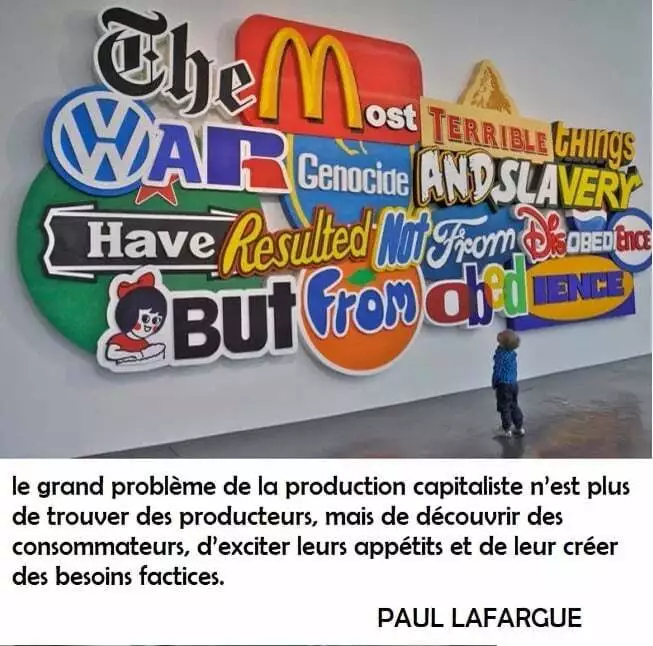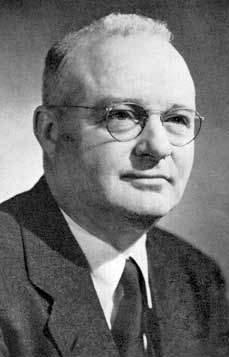Thomas Midgley, Jr., a man who one historian said "had more adverse impact on the atmosphere than any other single organism in Earth's history."
In the 1920s, his employer, General Motors, had a problem. Car motors of the time tended to violently backfire, or "knock," which could be disconcerting for the people in the car. Adding ethanol to gasoline solved the problem, but since ethanol already existed, General Motors couldn't patent it.
Midgley solved the problem by inventing a compound called tetraethyllead (TEL), which, when added to gas, produced what would become known as "leaded gasoline." He gave himself lead poisoning in the process, and TEL would go on to poison the rest of the world over the next sixty years. But GM could patent it, so by using their muscle to make it the standard, they got paid every time someone filled their tank.
After that glorious success, GM sent Midgley to their Frigidaire division to work on another problem. Refrigerators were in their infancy, and they depended on refrigerants that were toxic or explosive. This made them hard to sell to nervous hausfraus. Frigidaire wanted a safe, stable refrigerant.
Midgley solved that problem, too. He invented a new type of refrigerant that was dubbed a "chlorofluorocarbon," or CFC for short. You may be more familiar with it by its brand name: Freon. Freon didn't catch fire or explode, so Frigidaire was thrilled. But when deployed in millions of refrigerators, it would end up opening a giant hole in the ozone layer.
In 1940, Midgley contracted polio. He invented a complex system of ropes and pulleys to help him get in and out of bed. On November 2, 1944, he was found dead in his home. His contraption had strangled him.
In his time, Midgley was one of the most celebrated engineers in industry. Medals and prizes and honors rained down on him. It would take decades for the true impact of his work to be fully understood.
Tech is full of Thomas Midgleys.
https://en.wikipedia.org/wiki/Thomas_Midgley_Jr.
#patents #USA #lead #poisoning #profits



















